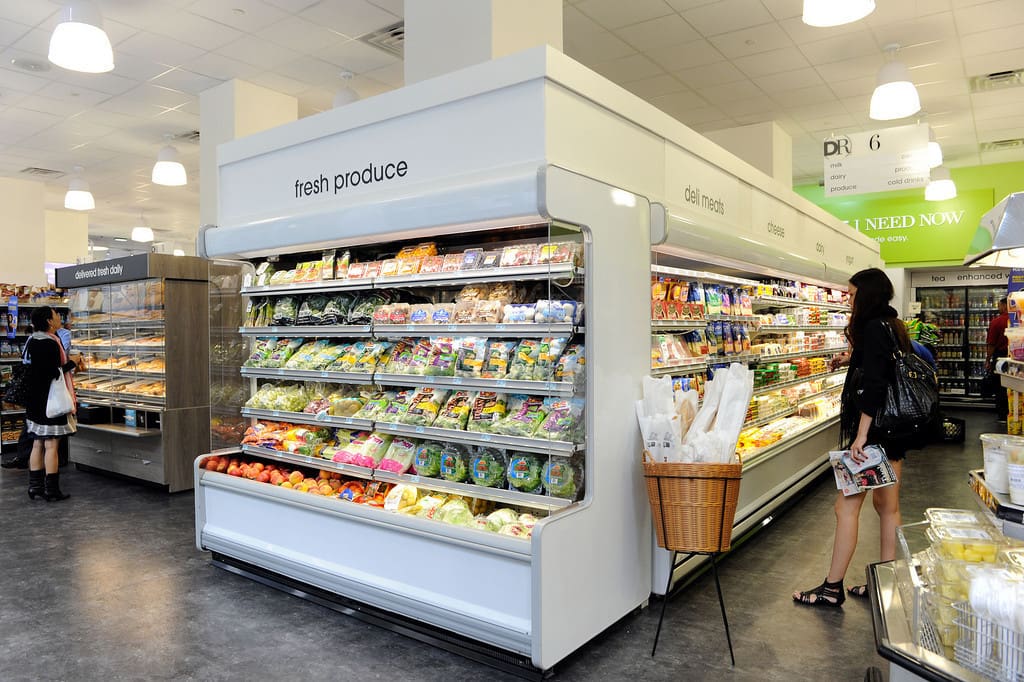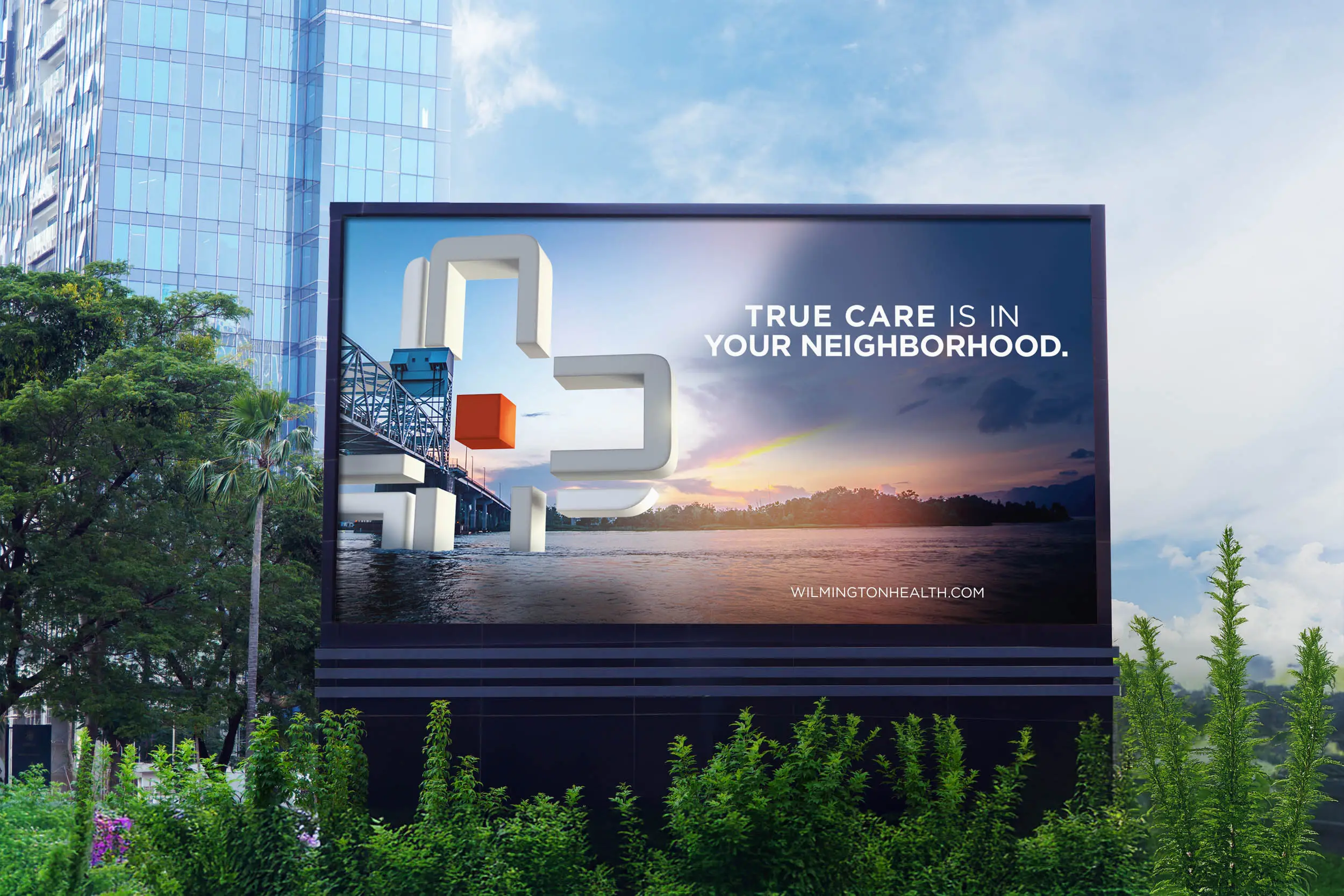Blog

When I was a teenager, the mall was one of the top destinations my friends and I would head to see friends and hang out. Now, my trips to the mall are directed by a general purpose or need like shopping for a new dress for an upcoming event or going to a movie. I view it more of a to do item or a location then a leisure experience. Apparently I am in the minority.
Malls are no longer just shopping destinations; they are now lifestyle centers trying to give the consumer a full leisure experience. The Center for Media Research actually commented recently that baseball had gone to the wayside and “shopping is becoming America’s favorite pastime”. This brief was summing up the recent Nielsen report titled “The State of the Shopping Center”. The study found that consumers spend more time shopping in physical stores than online and when they are shopping they are looking for this full experience. This consumer expectation is reshaping the format of malls nationwide. There is still a market for the large shopping centers in the suburbs of a large city. However, even these destinations are morphing from large enclosed malls to open-aired lifestyle centers that can range in size and not rely on big anchors to be successful. These lifestyle centers offer a mix of traditional tenants, specialty retail, entertainment, dining and community events, making a shopping trip an event or social gathering.
The desire to have a more unique shopping experience has not gone unnoticed by the big box stores either. Both Target and Wal-Mart have both tested smaller locations to provide necessities and electronics to residents within metro areas of larger cities. This allows the retailer to continue that customer experience while retaining loyalty without making the consumer travel to the suburbs to visit a location or visit a convenience or grocery store as a quick fix. This resizing to fit the neighborhood helps the big box stores to protect and, in their mind, hopefully grow their share of the $2.4 trillion sales that are spent at shopping centers annually.
It is not just the malls and big box stores re-examining how to create the ideal shopping experience to draw in consumers. All sizes and types of retailers, including convenience and drug stores, have refocused their efforts to cater to the individual wants and needs of their consumers to get them in-store and keep them coming back. Duane Reade has introduced several new drug store concepts in New York City that offer everything from sushi bars to growler bars to blow-out bars to capture every element of the experience their shoppers are craving in one spot.
The Nielsen study found that shoppers still prefer brick and mortar locations, but at the same time e-Commerce is growing. In 4th quarter 2012, e-Commerce represented 5.4% of all retail sales, which is up from 3.6% from 1st quarter 2008. The biggest online spenders are affluent suburban families; however, these consumers are also still shopping at the luxury retailers in the mall. E-Commerce has made some large gains, however, it is very difficult for the retail websites to offer the full social experience that leisure shoppers are looking for that attract them to brick and mortar locations.
-Nielsen 2013 The State of the Shopping Center, Center for Media Research
Subscribe to our Newsletter
Don't miss out on our latest news and commentary and white papers, subscribe to our newsletter now!
By subscribing to our newsletter, you agree to our Privacy Policy.
You may also like




